sia Abrasives – carbon-neutral and embedded in nature
Carbon-neutral since 2020
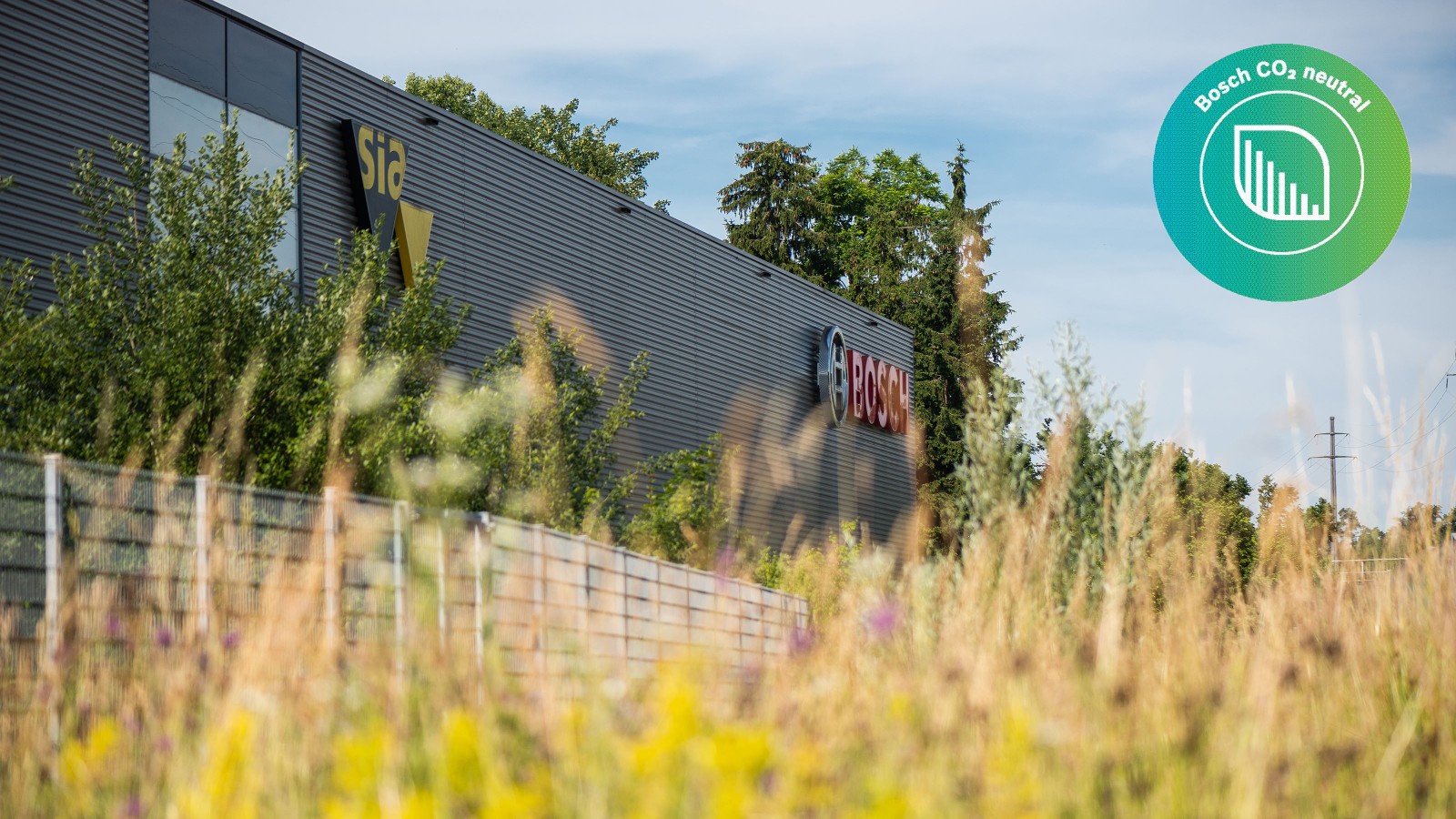
How do you imagine the traditional premises of a production site to be? A grey, noisy area with concrete everywhere? Anything but carbon-neutral? sia Abrasives, based in the town of Frauenfeld in the Swiss Canton of Thurgau, is proof that industry can look very different. Bordering the Murg-Auen park, the company's 100 Tm2 premises is almost hidden on an idyllic piece of land which is used to promote high biodiversity. What's more, the entire site has been carbon-neutralsince 2020.
Nowadays, sia Abrasives is seamlessly connected to the Murg-Auen park and a lot of measures are taken to promote biodiversity across the entire complex. The employees appreciate their "green site" every day and enthusiastically use it for breaks and to go on walks.
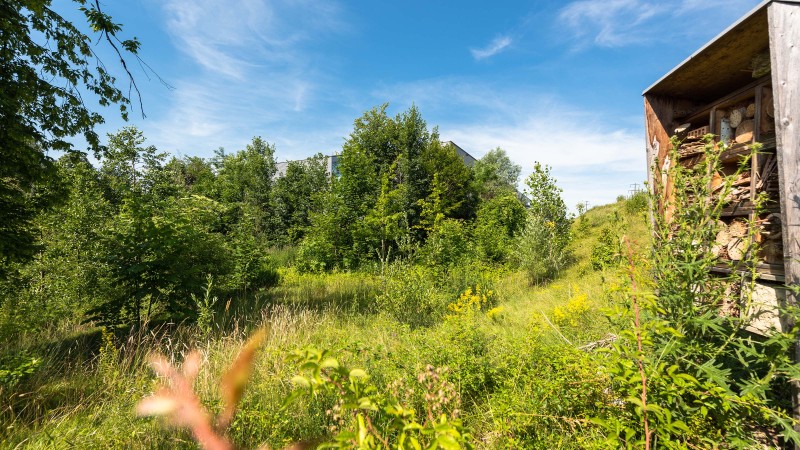
A proud history and taking responsibility for the future

The beginnings of sia Abrasives Industries AG in Frauenfeld date back to 1867, when the company was founded as a chemical factory. During the emerging development of industry, the demands placed on quality increased and there was a demand for new products, for instance those used for fine sanding surfaces. As a result, the company started production at its current site in 1875, filling a gap in the market by manufacturing abrasive papers and cloths. In 1914, the joint-stock company "Schweizer Schmirgel- und Schleifindustrie AG, Frauenfeld" was founded.
The company is now one of the largest manufacturers of coated abrasives in the world and focuses on customers in the aerospace, automotive, furniture manufacturing, interior finishing and metalworking industries. sia Abrasives went public on the Swiss stock exchange in 1999, before expanding its business areas into non-woven abrasives and sanding sponges with takeovers in the United Kingdom in 2001 and 2005. This was followed by Bosch's acquisition of sia Abrasives in 2008.
Abrasives factory built to strict environmental criteria
The state-of-the-art "Maker 5" abrasives factory started operations in 2012 and, even then, was already setting the course towards carbon-neutral production. The site is one of the most cutting-edge in the world for the manufacture of coated abrasives. Its many components work together as part of a finely tuned system to provide a modularised manufacturing process that uses a just-in-time strategy to produce the next generation of modern abrasives. What's more, the high-tech process control systems, as well as the laser- and ultrasound-controlled monitoring and measuring instruments, monitor over 1000 parameters to ensure that products are manufactured to a consistent quality.
The factory was built to strict environmental criteria, with optimised air flow processes and heat recovery systems considerably reducing energy consumption. In addition, all of the harmful substances are combusted without leaving any residues in a regenerative thermal oxidiser system. One of the benefits of this new binder preparation, for example, is that industrial waste water is no longer produced. In addition, the heat consumption is considerably reduced by the optimised air flow processes and heat recovery systems, with all of the harmful substances neutralised in a regenerative thermal oxidiser system.
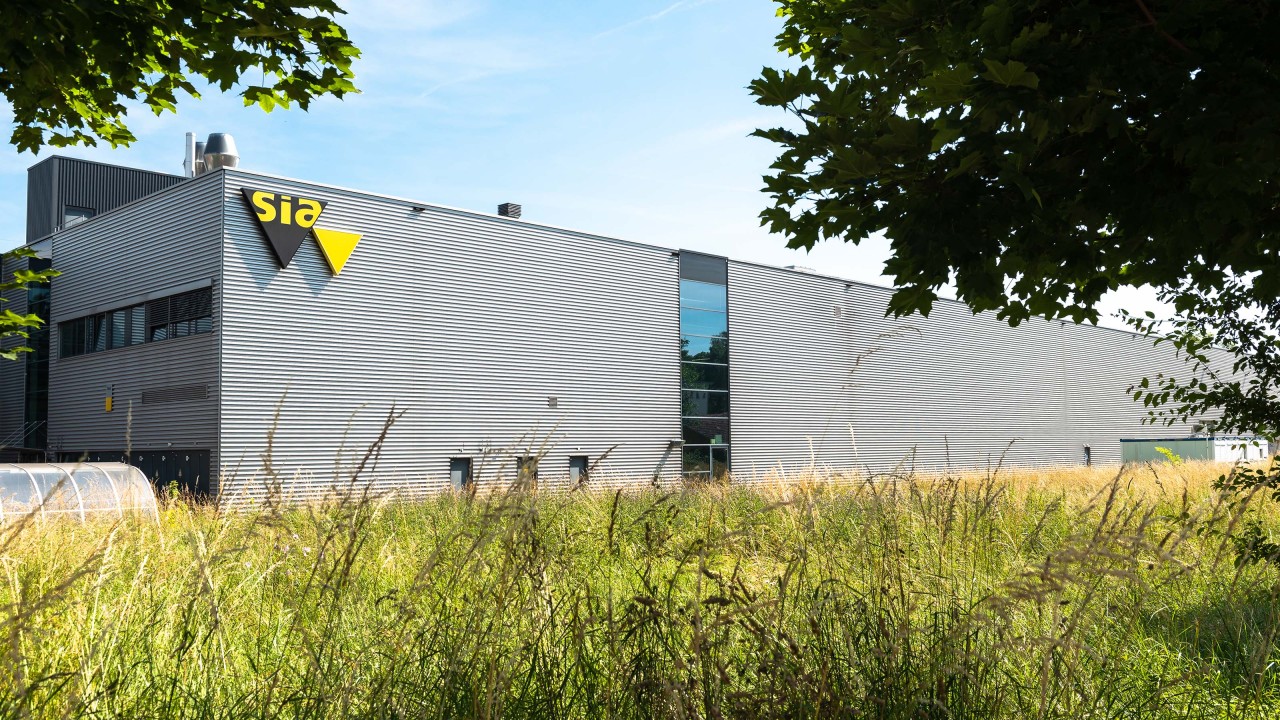
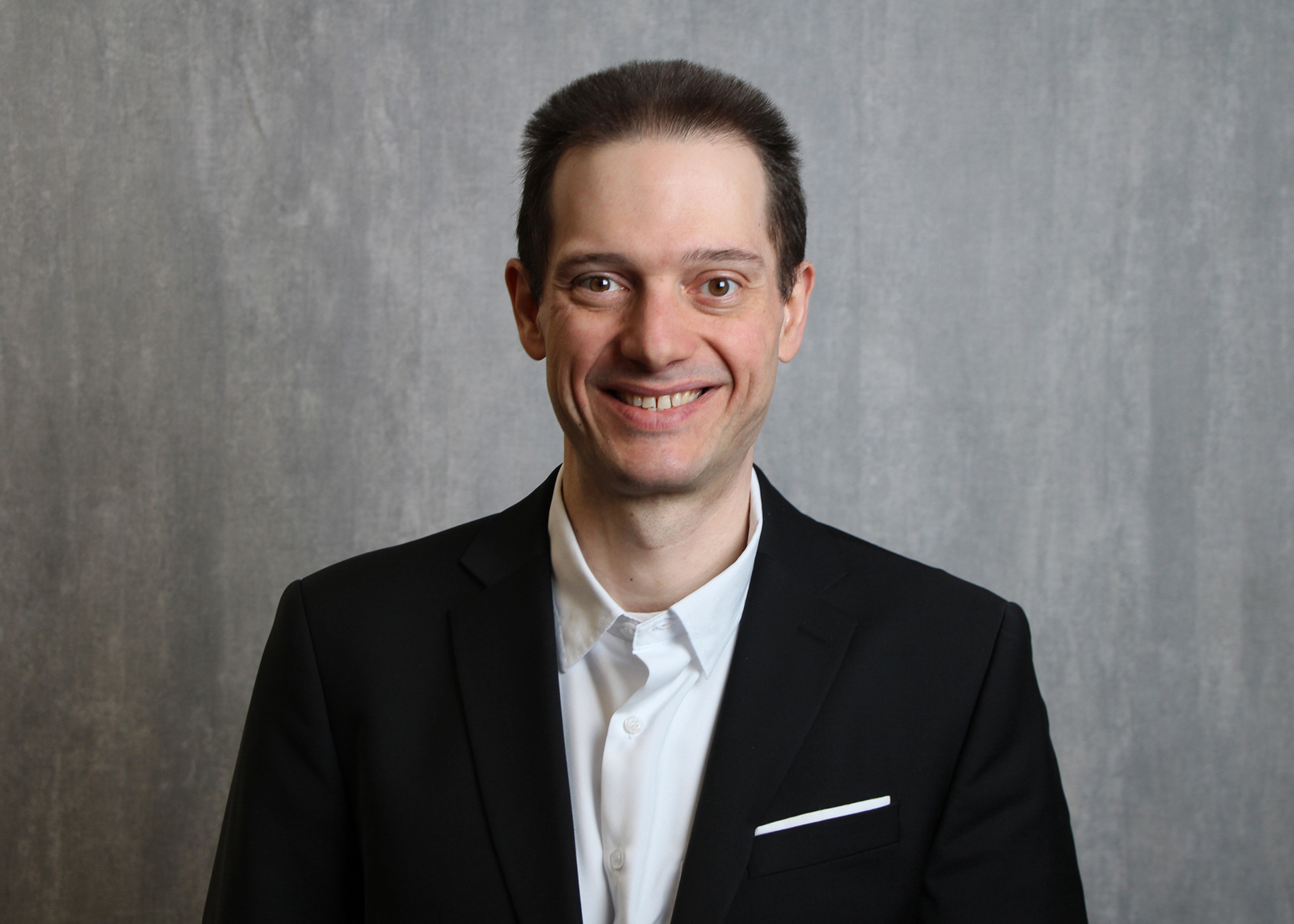
"By implementing the correct practices such as reducing waste, conserving energy, and using renewable resources, manufacturers can minimize their impact on the environment. With our focus on environmental protection in manufacturing, we can work towards a cleaner and healthier planet for future generations."
Paulo Ferrari, CEO sia Abrasives
Alexander Krohn, Head of FCM/HSE and Plant Security at the Frauenfeld site explained to us how sia Abrasives reached its goal of becoming carbon-neutral.
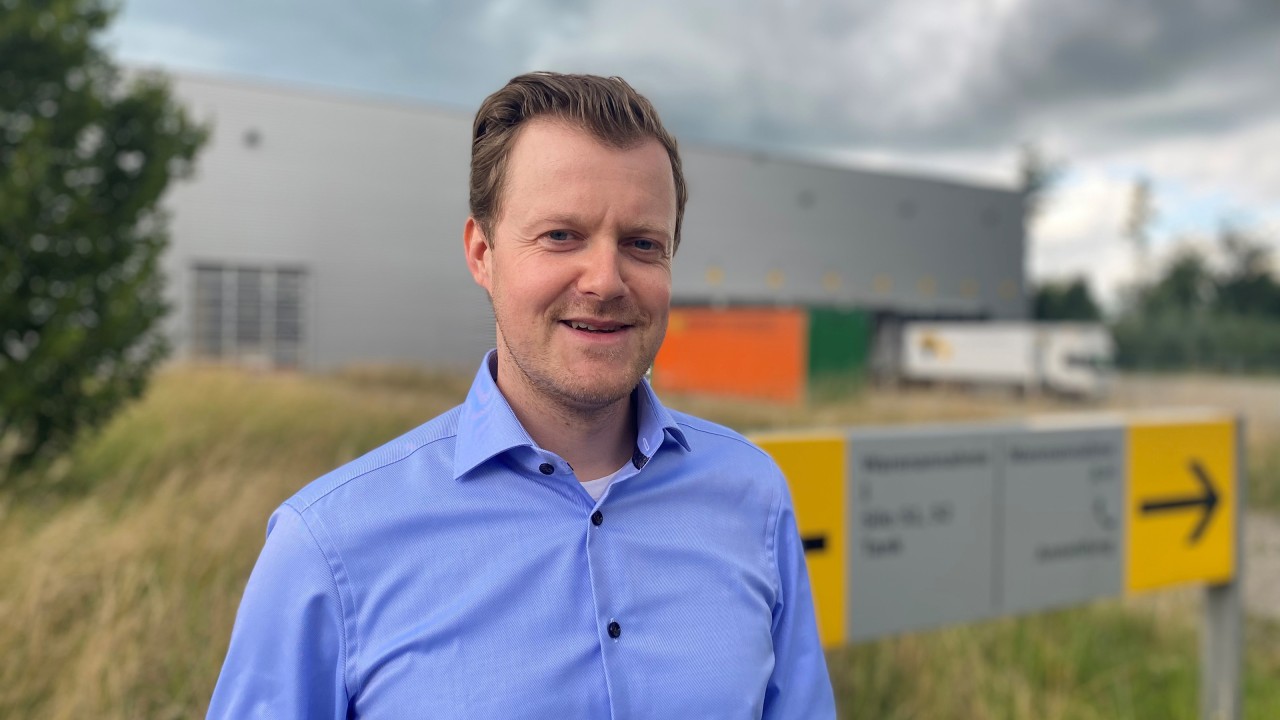
The Frauenfeld site has been successfully certified ascarbon-neutral. How did you and your colleagues achieve this?
To make carbon-neutral operations a reality, we defined four pillars of action – increasing our energy efficiency, expanding our supply of renewable energies, increasing the amount of green energy purchased and offsetting unavoidable CO₂ emissions with compensatory measures. We then analysed all of our departments, including production systems, engineering, product management and building technology to find potential energy savings. This information enabled us to develop various measures. This also included small steps, such as switching off the ceiling fans when they're not needed. All of these actions have contributed to our company being certified as carbon-neutral– and we're very proud of this fact.
What do you think are the major starting points for reducing energy consumption?
Our production systems and manufacturing play a key role. We not only use green energy in these areas, but have also taken other measures. For example, we replaced the existing boiler with a new model. We also optimised the volumetric flow rate and the air flow of the process air. At our "Maker 5" factory, a proportion of the waste heat generated is already used for the process air. In particular, we think there's considerable potential for using waste heat in a more targeted way, maybe even for heating the building.
Do you have any other ideas?
Looking in the medium-term, using solar energy/a photovoltaic system would certainly make sense. We're fortunate at Frauenfeld to have land ideally suited to do this. Another very interesting area for energy efficiency is assessing how work is organised. Implementing smart consumption management in manufacturing, which also covers shift changes, could save a large amount of energy.
In any case, we'll keep trying to identify additional measures and to continuously put them into action. Interdepartmental collaboration is also key to this. We believe that every department can use their wealth of experience and perspective to make a valuable contribution to beingcarbon-neutral.